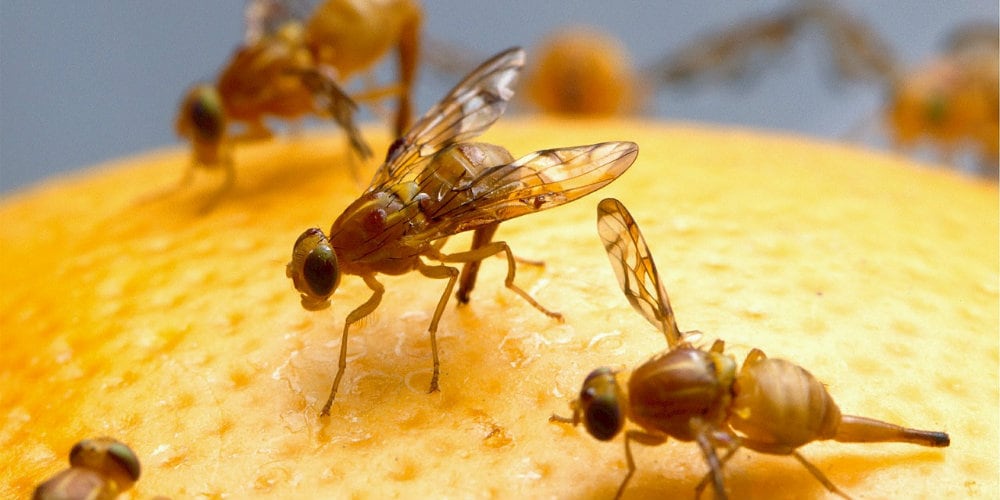The Center of Disease Control reports that more than 48 million Americans—roughly one-sixth of the population—are infected with a foodborne illness every year. Of these, more than 125,000 are hospitalized and about 3,000 people die every year because of a foodborne illness. The CDC also discovered that nearly 70 percent of foodborne illnesses and more than 50 percent of foodborne illness deaths come from two categories of food: produce and meat/poultry, two of the most common food groups prepared in restaurants and homes.
A foodborne illness is defined as a sickness that is “caused by consuming food contaminated with pathogenic bacteria, toxins, viruses, prions or parasites.” Pests, such as rats, cockroaches, and flies, are a driving force behind how bacteria is spread in homes and restaurants. The U.S. Food & Drug Administration, the department aimed at promoting and maintaining food safety, even set forth an entire set of basic guidelines on the conditions pests thrive in and how business and homes should avoid hosting these conditions.
“Recent scientific advances have increased the precision of the scientific criteria used to interpret the regulatory significance of adulteration (failing to meet government standards) involving insects, rodents, and other pests in foods,” the FDA stated before reporting on the conditions of pest contamination.
Now sure, pests look gross, but how exactly do they spread diseases? And what pests should you watch for?



